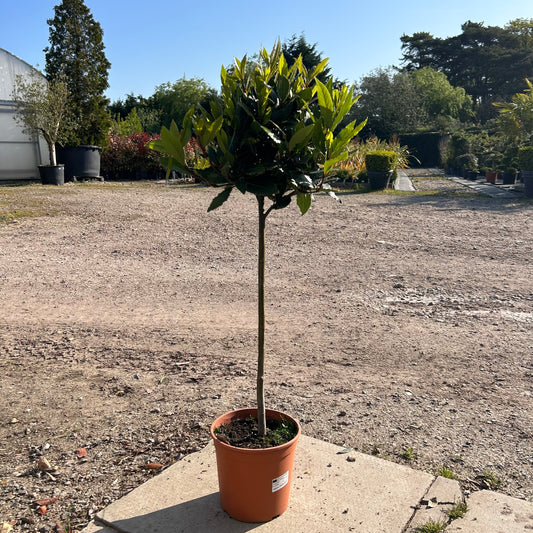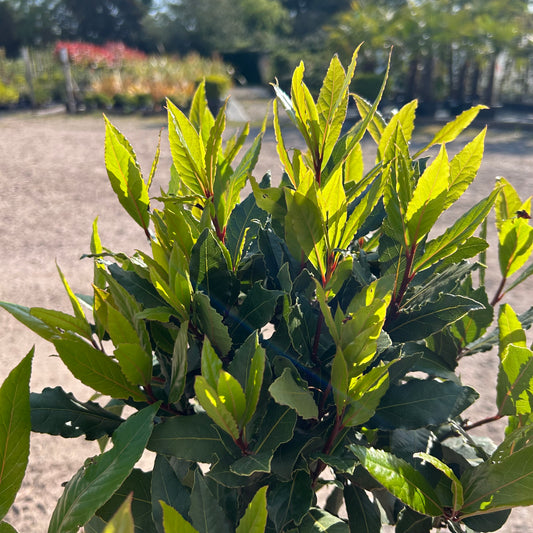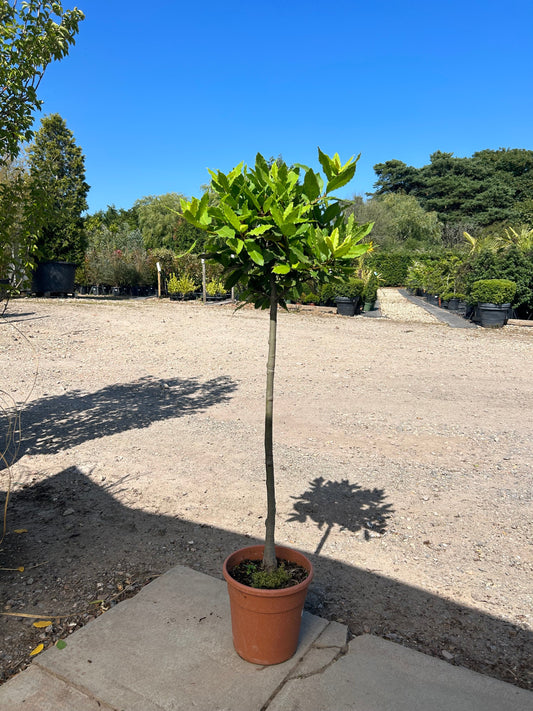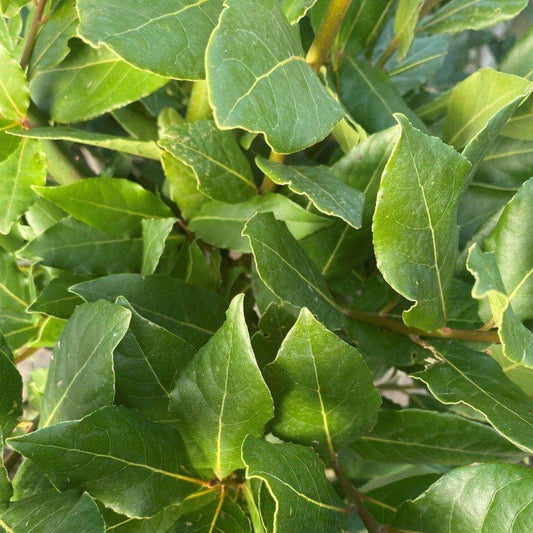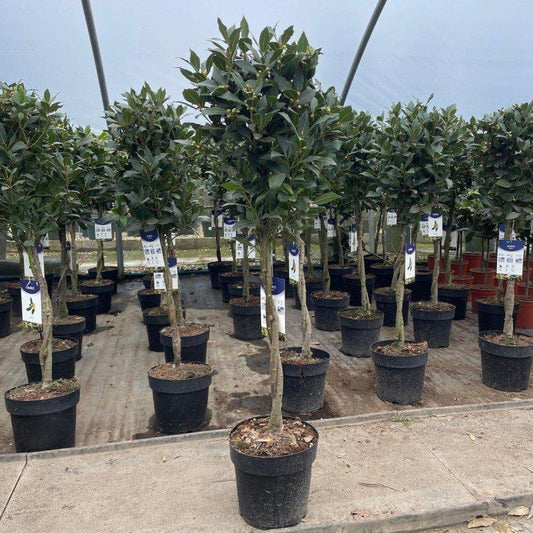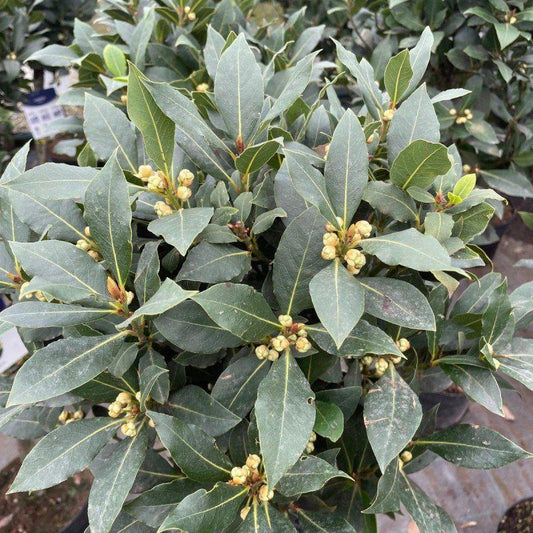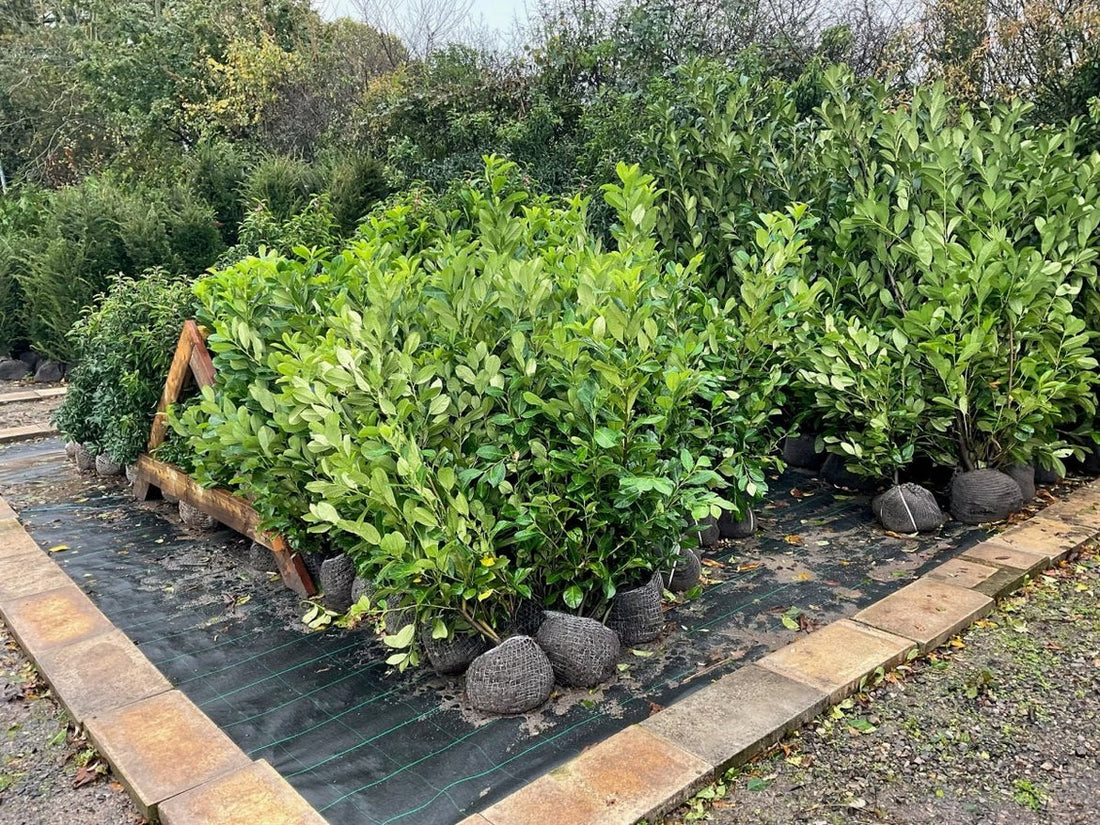Are you looking to create privacy, define boundaries, or add structure to your garden quickly? Root ball hedging might be the perfect solution. At Web Garden Centre, we offer a wide variety of root ball hedging plants suitable for UK gardens. This comprehensive guide will help you understand, choose, and care for your root ball hedge.
What is Root Ball Hedging?
Root ball hedging refers to plants that have been grown in the ground for several years and then carefully lifted with a substantial ball of soil around their roots. This method allows for larger, more mature plants to be transplanted, providing instant impact and privacy in your garden.
Advantages of Root Ball Hedging:
- Instant impact and privacy
- Mature plants at a lower cost compared to container-grown equivalents
- Wide variety of species available
- Can be planted outside of the main growing season
Popular Root Ball Hedging Species for UK Gardens
1. Yew (Taxus baccata)
An evergreen classic, yew creates dense, dark green hedges that respond well to pruning. It's long-lived and tolerates shade.
2. Laurel (Prunus laurocerasus)
Fast-growing with large, glossy leaves, laurel provides quick privacy and thrives in most soils.
3. Beech (Fagus sylvatica)
Deciduous but retains copper leaves in winter. Creates a classic, formal look.
4. Hornbeam (Carpinus betulus)
Similar to beech but more tolerant of wet soils. Excellent for wildlife.
5. Leylandii (X Cuprocyparis leylandii)
Fast-growing conifer, ideal for tall hedges. Requires regular pruning to maintain shape.
Planting Your Root Ball Hedge
When to Plant
The best time to plant root ball hedging is during the dormant season, typically from late autumn to early spring (November to March). This allows the plants to establish their root systems before the growing season begins.
Preparation
- Clear the area of weeds and grass.
- Dig a trench twice as wide as the root ball and slightly deeper.
- Improve the soil with compost or well-rotted manure.
- If soil is heavy clay, add grit to improve drainage.
Planting Process
- Remove any packaging from the root ball, keeping the soil intact.
- Place the plant in the trench, ensuring it's at the same depth it was previously grown.
- Backfill with soil, firming gently to remove air pockets.
- Water thoroughly after planting.
- Apply a layer of mulch around the base, avoiding contact with the stem.
Caring for Your Root Ball Hedge
Watering
Water regularly during the first growing season, especially during dry spells. Once established, most hedges are drought-tolerant but benefit from occasional deep watering during prolonged dry periods.
Feeding
Apply a balanced, slow-release fertilizer in spring to promote healthy growth. Mulch annually with compost or well-rotted manure to improve soil structure and nutrient content.
Pruning
Light pruning in the first year encourages bushy growth. Once established, prune annually to maintain shape and density. The timing depends on the species:
- Evergreens: Late spring or early summer
- Deciduous: Winter dormancy for structural pruning, summer for shaping
Common Problems and Solutions
1. Transplant Shock
Symptoms: Wilting, leaf drop
Solution: Ensure consistent watering and apply a seaweed-based fertilizer to promote root growth.
2. Pest Infestations
Common pests: Aphids, scale insects, vine weevils
Solution: Use appropriate insecticides or biological controls. Encourage natural predators like ladybirds.
3. Diseases
Common issues: Box blight, honey fungus
Solution: Ensure good air circulation, avoid overhead watering, and remove affected parts promptly. Use fungicides if necessary.
Frequently Asked Questions
1. What is root ball hedging?
Root ball hedging refers to plants that have been grown in the ground and then lifted with a ball of soil around their roots. This method allows for larger, more mature plants to be transplanted, providing instant impact in your garden.
2. When is the best time to plant root ball hedging?
The best time to plant root ball hedging is during the dormant season, typically from late autumn to early spring (November to March). This allows the plants to establish their root systems before the growing season begins.
3. How do I care for newly planted root ball hedging?
Water thoroughly after planting and regularly during the first growing season. Apply a layer of mulch around the base of the plants to retain moisture and suppress weeds. Prune lightly in the first year to encourage bushiness.
4. How far apart should I plant root ball hedging?
Spacing depends on the species and desired effect. For a dense hedge, plant smaller species 30-45cm apart and larger species 60-90cm apart. For a more natural look, increase spacing by about 50%.
5. Can I plant root ball hedging in containers?
While possible, root ball plants are generally best suited for planting directly in the ground. If using containers, ensure they are large enough to accommodate the root ball and future growth, and be prepared for more frequent watering and feeding.
Ready to Start Your Hedging Project?
Browse our extensive collection of root ball hedging plants at Web Garden Centre. We offer a variety of species suitable for different garden styles and requirements.
Remember, choosing the right hedging plant is crucial for long-term success. Consider factors such as growth rate, final height, soil type, and sunlight conditions in your garden. If you need advice on selecting the perfect hedge for your space, don't hesitate to contact our expert team.
With proper care and attention, your root ball hedge will provide beauty, privacy, and structure to your garden for years to come. Happy planting!


